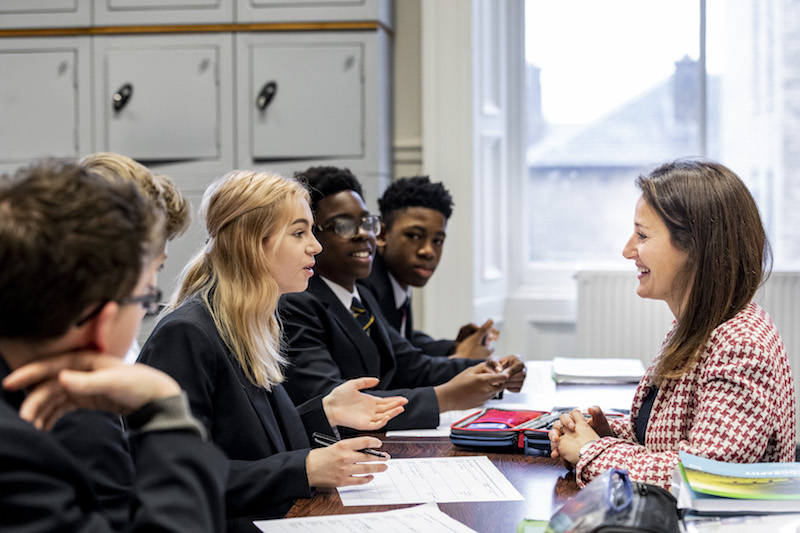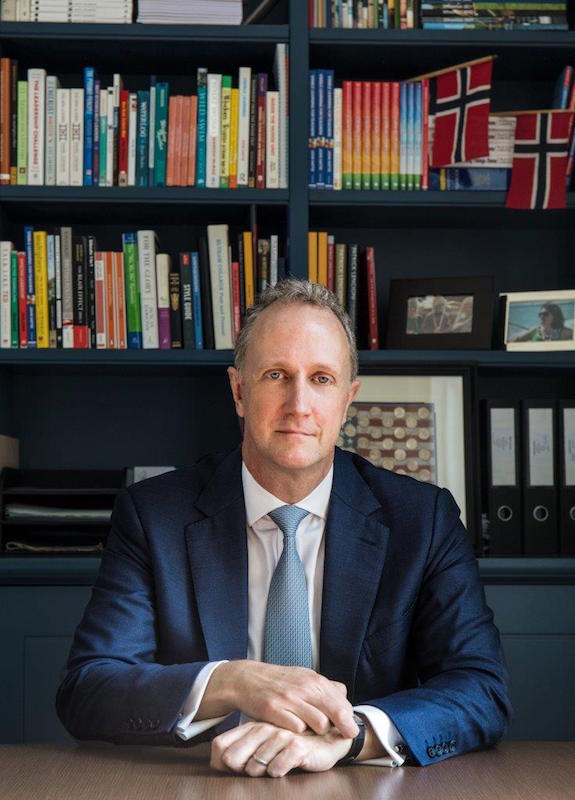Opening up opportunities to all
Posted on 21st May 2019 in School News, Which London School?

Guy Sanderson, Headmaster at Eltham College, explains the ethos behind a move to co-educational status...
If you were to open any school prospectus you will undoubtedly see the same vision outlined: that the school in question aims to prepare children for adult life, both academically and socially. And yet, some people still seem to believe this can be achieved in the highly artificial environment of a single-sex school.
The number of single-sex private schools has halved in the last 20 years amid a long-term “shift towards co-education”, according to research. Girls’ schools make up just 13% of the ISC’s membership, with boys’ schools only representing 9%. Meanwhile, the number of schools with approximately equal proportions of boys and girls has more than doubled over a similar period.
One of the mixed blessings of working in education is that it is a topic on which everyone has an opinion. Combine this with discussions about gender identities, #metoo and the gender pay gap and opinions run riot.
The question is not whether we want to live in a society which values men and women differently – we are generally agreed that we do not – but what we need to do to move towards realising that more equitable society. This means challenging assumptions and the status quo. Questions of opportunity, of power and of access need to be asked and answered if we are to make any progress. A widespread emphasis on equality means that it becomes harder and harder “to sustain the argument that children have to be separate to be equal.”
The question of whether a single sex or co-educational model works best has been rehashed time and time again and any amount of research, in addition to mention emotional energy and anecdote, can be wheeled out to support the argument on both sides. Articles on this topic are often so keen to make the case for one model over the other that they lose all sense of perspective and nuance. It is surely possible to acknowledge that girls and boys are different and develop differently over adolescence without falling back on unhelpful and monolithic gender stereotypes which fail to treat each young person as an individual. As Tony Little, who before becoming the Head of perhaps the world’s best known all boys’ school was for many years Head at a thriving co-ed school, notes “What makes a good school is so much more than its organisation by gender.”

Forty years ago, Eltham College, the school of which I am the Head, welcomed girls into its Sixth Form in what was then a radical move, so radical that one parent sued the school on the grounds that the introduction of girls would disrupt his son’s schooling. Since then, from County and Regional Netball Champions, to Head Prefects, and also articulate and brilliant academic students, Eltham’s Sixth Form girls have flourished, and, in turn, boys have benefitted from their presence whether in the classroom, on stage or in the concert hall.
What matters most for students is to find the school best suited to prepare each young person in and out of the classroom for life as an adult in an equitable society, where men and women work together easily, respectfully and collaboratively. There are single sex schools which do this very well for their students and co-educational ones which do not. What struck us here at Eltham College was that we were operating an increasingly outmoded half-way house which welcomed girls and their contributions in only one part of the school.
In many ways, this is an odd time to consider a change. Eltham College had its best ever GCSE results last year, is currently oversubscribed by six applicants to every place and enjoys a reputation for not only academic excellence but wonderful co-curricular and pastoral care. “If it ain’t broke, don’t fix it!” is a persuasive cry. However, our governors and senior teachers saw that continued excellence requires a willingness to ask big questions and to act on the answers. Knowing the power of an excellent education to shape futures, we asked ourselves why were we limiting access for girls to the wonderful opportunities at Eltham and limiting access for boys to the invaluable opportunities to work with girls as equals? We asked ourselves why were we limiting opportunities for our students of both sexes to learn with and from each other until the final two years of school? And, in 2019, there was not a good answer to those questions. And so we made the decision to prepare our students better for the world in which they are growing up by welcoming both girls and boys not just in Year 12 but at all our key entry points with a view to being fully co-educational within six years.
My vision for our school in ten years’ time is probably not far off many people’s vision for our society as a whole. It is a place in which young women and men at all stages of primary and secondary education learn together, laugh together and learn from each other with equal access and opportunities to develop their potential and contribute to their communities. Getting there will no doubt have its challenges but any goal worth pursuing usually does.
This article appears in Which London School? & the South-East 2019/20, which can be read below: